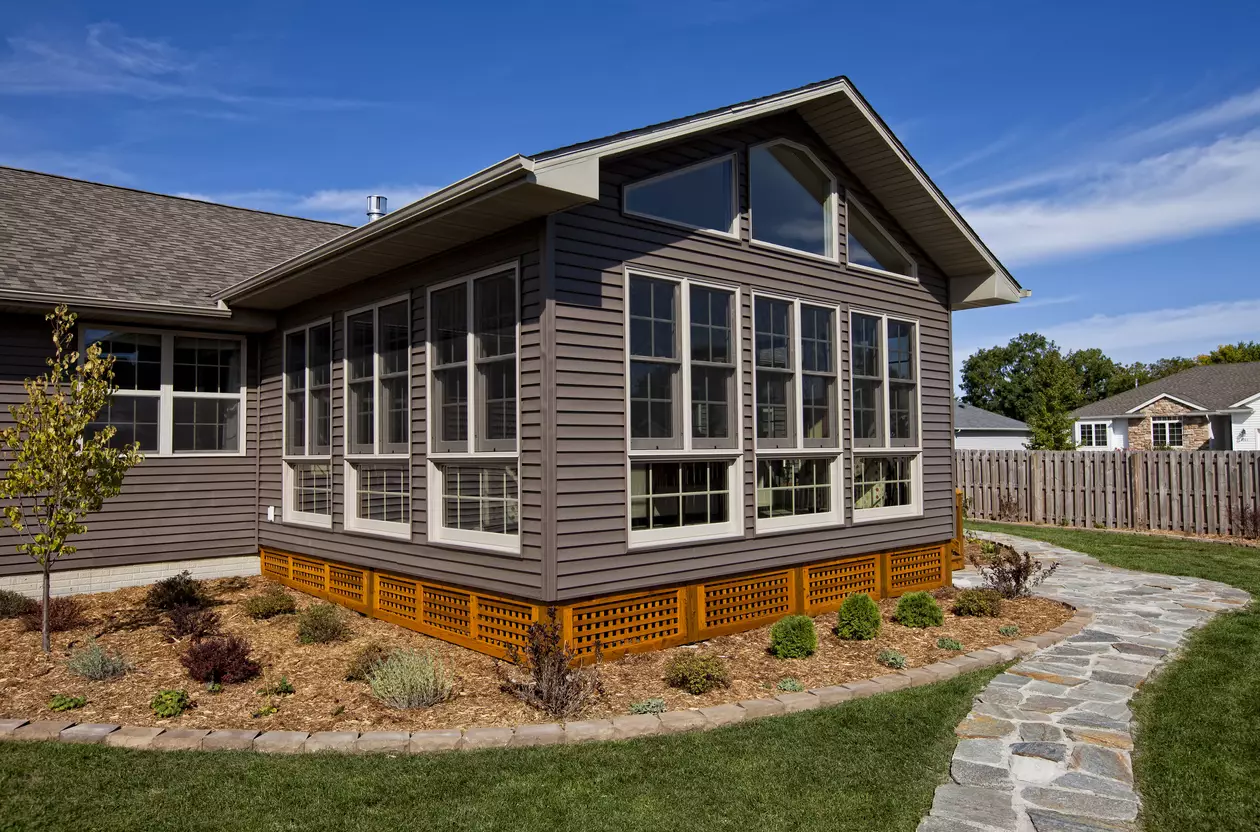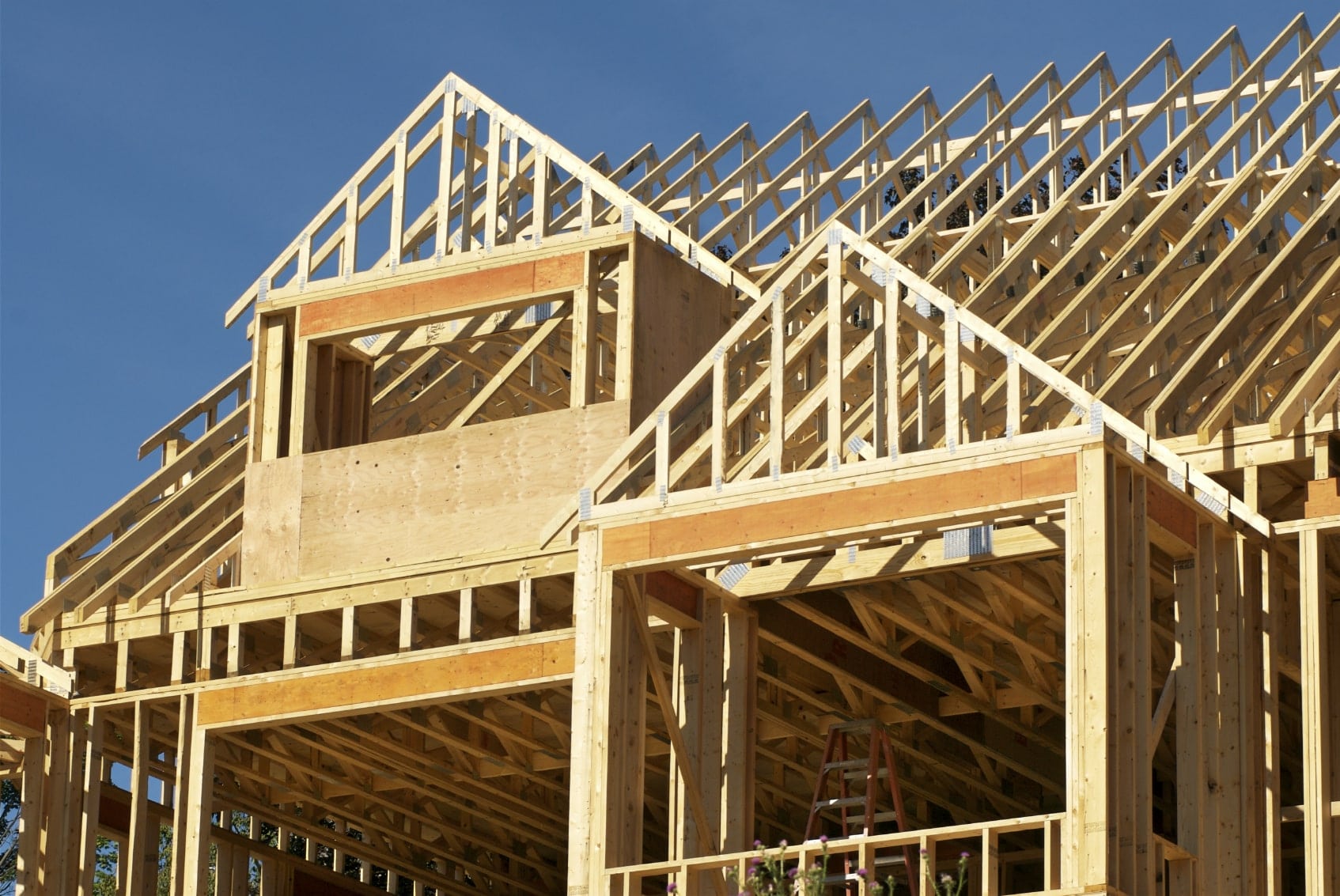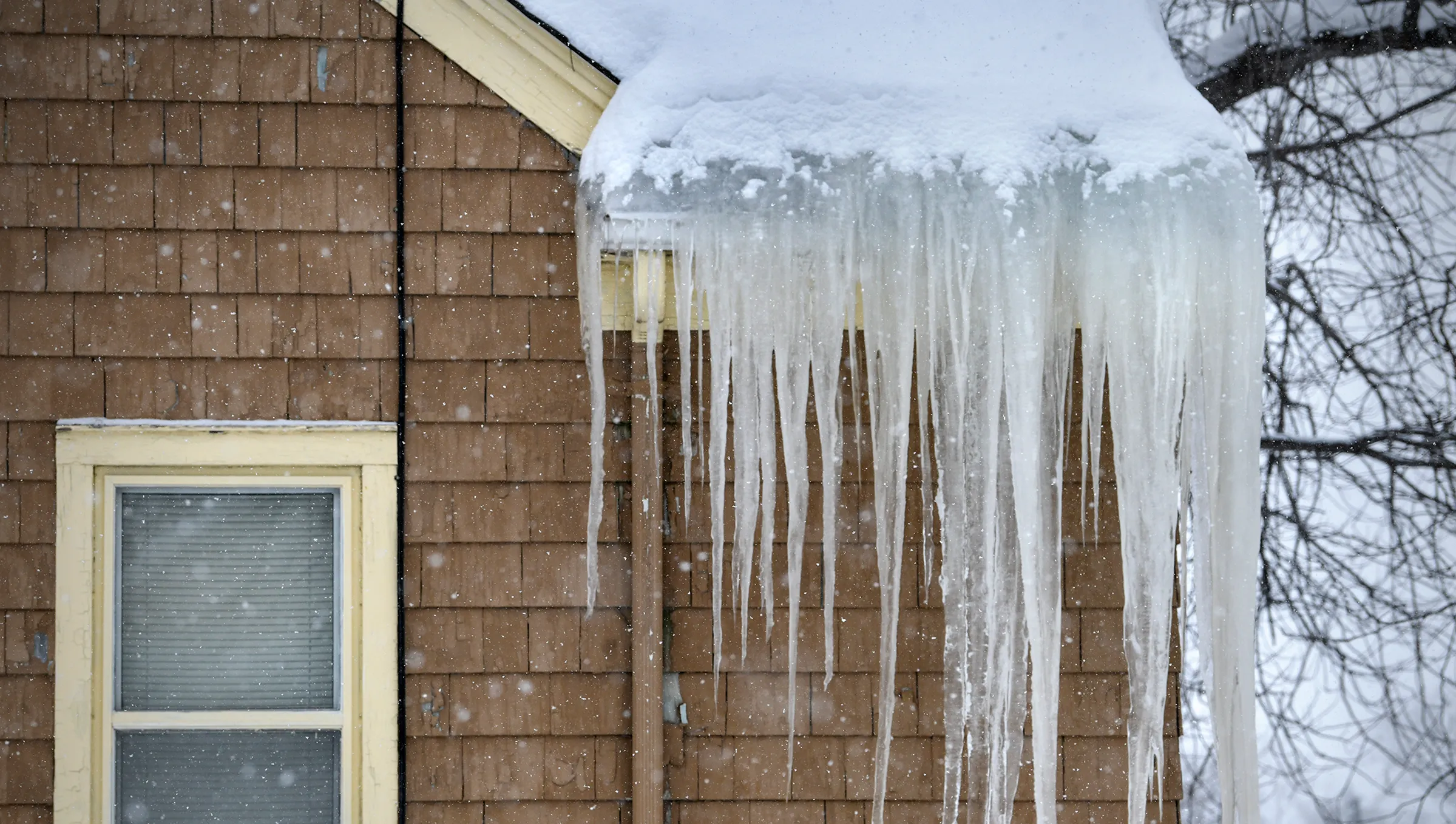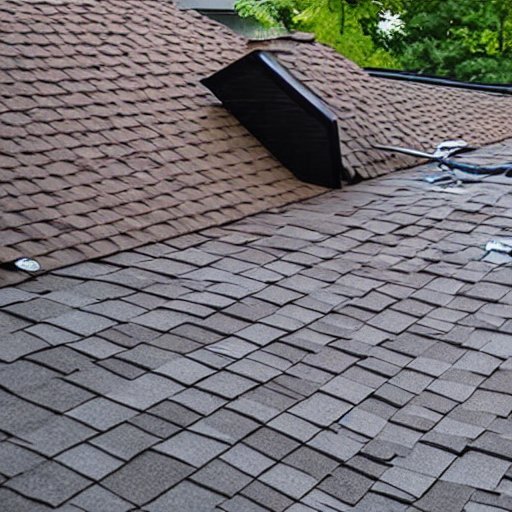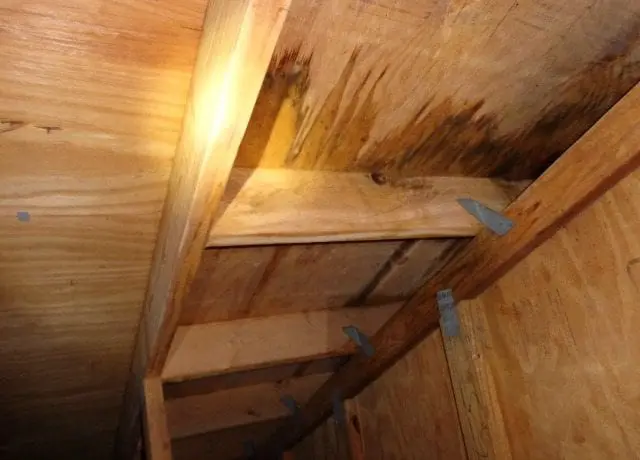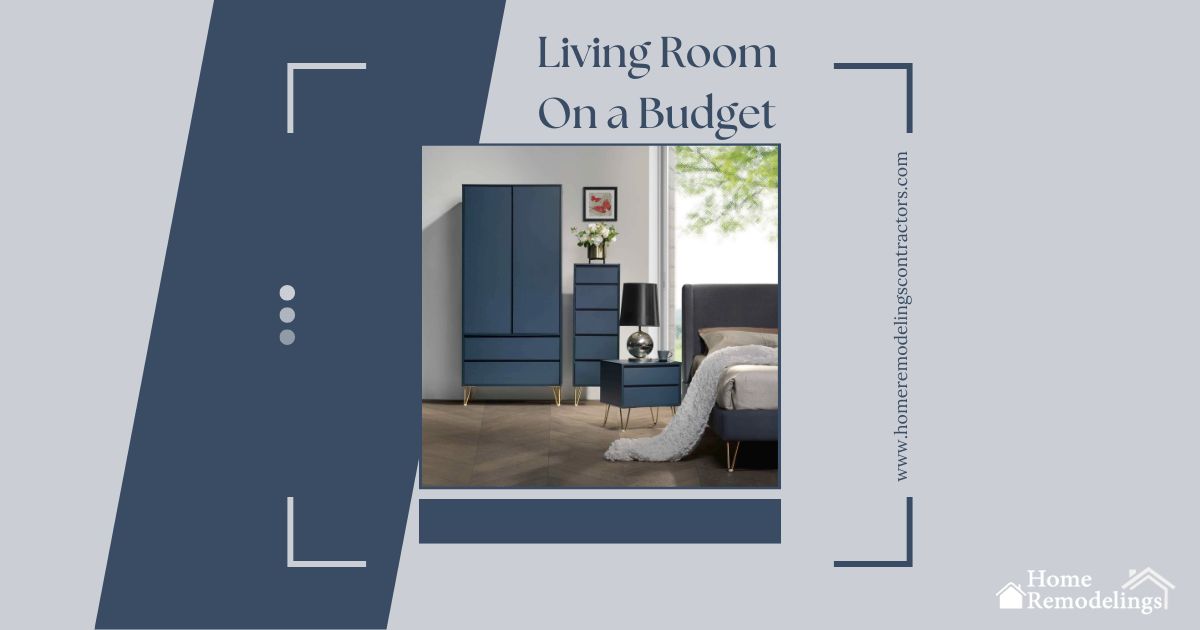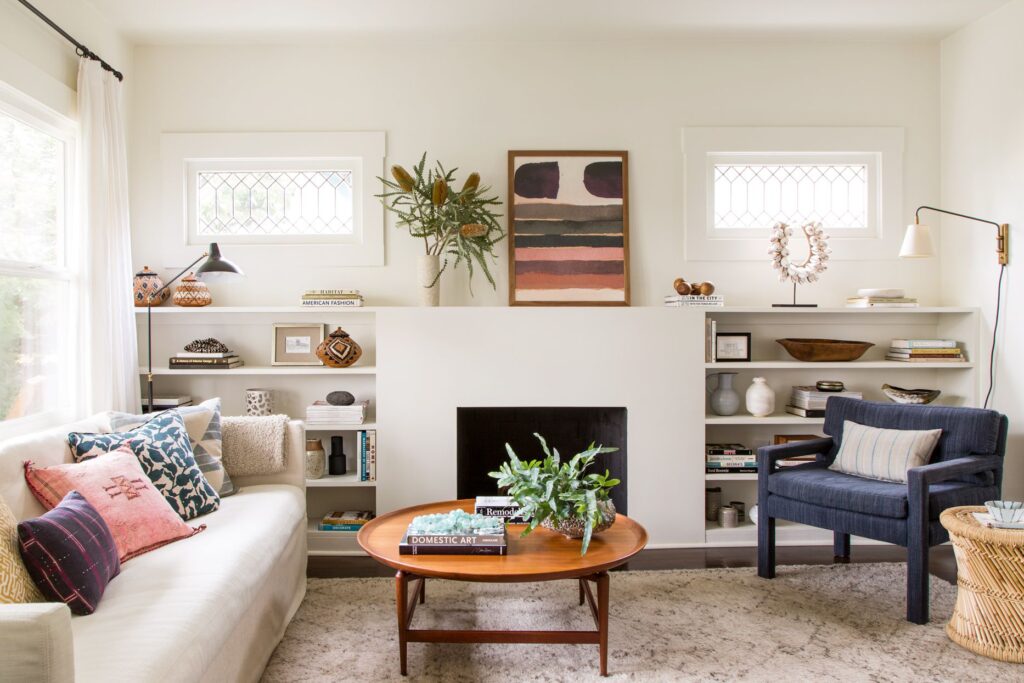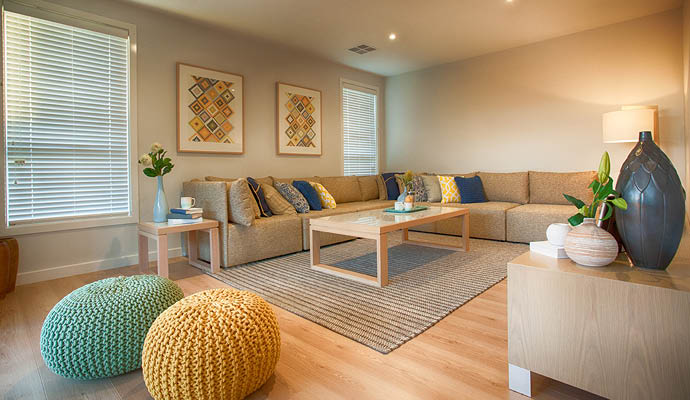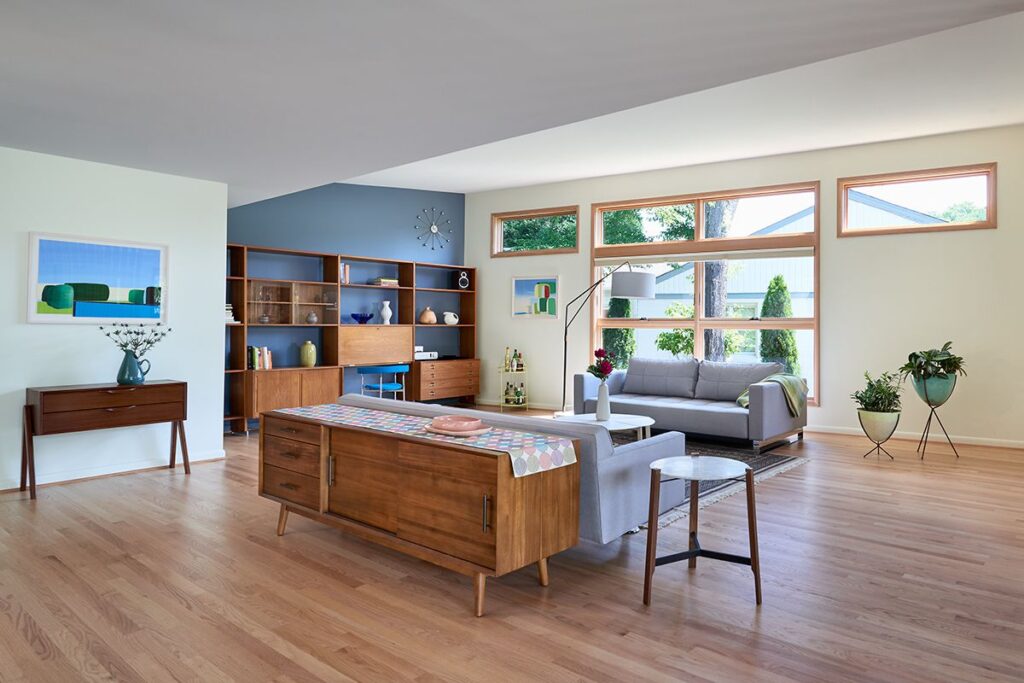Are you feeling cramped in your current living space? Maybe you’ve outgrown your home but don’t want to go through the hassle of moving. A home addition could be the perfect solution for you. The hassle and expense of moving can be avoided while increasing your living space and home’s value through constructing an addition. In this article, we’ll cover everything you need to know about home additions, including the benefits, the different types of additions, and the steps you should take to ensure a successful project.
Benefits of Home Additions
Home additions can provide a wide range of benefits, including:
- Additional living space: Home additions can provide the extra space you need to accommodate a growing family or create an office or hobby room.
- Increased home value: Adding on to your home can boost its resale value and make it more appealing to potential buyers.
- Customization: Home additions allow you to customize your living space to meet your unique needs and preferences.
- Avoidance of moving costs: Moving can be expensive and stressful. A home addition allows you to stay in your current home and avoid the costs and hassle of moving.
- Personalization: With a home addition, you can design and customize your living space to meet your unique needs and preferences. You can choose the layout, finishes, and materials that suit your lifestyle and reflect your personal style.
- Increased functionality: A home addition can improve the functionality of your home by adding new features, such as a home office, workout room, or entertainment space. Having a home like this can improve one’s standard of living and happiness.
- Energy efficiency: A home addition can also improve your home’s energy efficiency by adding insulation, upgrading windows, or installing energy-efficient appliances. This can lead to lower utility bills and a more sustainable home.
- Adaptability: A home addition can also make your home more adaptable to changes in your life, such as a growing family or aging parents. You can design your addition with these changes in mind, allowing you to stay in your home for longer.
Types of Home Additions
Depending on your preferences and available funds, you can select from a wide variety of home additions. Some of the most common renovations include:
- Room addition: A room addition involves adding an entirely new room to your home, such as a bedroom, bathroom, or family room.
- Bump-out addition: A bump-out addition involves extending the footprint of an existing room, such as a kitchen or living room, to create more space.
- Second-story addition: If you need more space in your home, such as bedrooms or an office, a second-story addition may be the way to go.
- Sunroom addition: A sunroom addition is a great way to add natural light and relaxing space to your home. Sunrooms can be used as an additional living space or as a greenhouse.
- Garage conversion: A garage conversion is a great option if you have a garage that is not being used to its full potential. You can convert it into a living space like a bedroom, home office, or game room.
- In-law suite: An in-law suite is a self-contained living space within your home that is designed for a family member or guest. It typically includes a bedroom, bathroom, kitchenette, and living area.
- Basement remodels: A basement remodel involves transforming an unfinished or underutilized basement into a usable living space, such as a home theater, gym, or guest suite.
- Outdoor living space: An outdoor living space can include a deck, patio, or covered porch that extends your living space into the outdoors. This can be a great option if you enjoy entertaining or spending time outside.
Steps to a Successful Home Addition
The success and smoothness of a home addition depend on careful preparation and careful execution. If you want your home addition to go off without a hitch, follow these guidelines.
- Determine your budget: The first step in any home addition project is to determine your budget. This will help you determine the scope of your project and what type of addition you can afford.
- Choose a reputable contractor: Choosing a reputable contractor is essential to the success of your home addition project. Do your homework and pick a contractor with a solid track record and years of experience.
- Obtain necessary permits: Obtain the required building permits from the appropriate authorities before beginning construction. You can expect your contractor to take care of this for you. Your contractor should be able to handle this process for you.
- Plan the design: Work with your contractor to plan the design of your addition. Consider the layout, materials, and finishes you want to use to ensure that your addition meets your needs and preferences.
- Prepare your home: Before construction begins, you must prepare your home for the project. This may involve clearing out furniture, covering floors, and protecting surrounding areas.
- Monitor the project: During construction, monitor your project’s progress and communicate regularly with your contractor. This will guarantee the project’s continuity and success in your eyes.
- Enjoy your new space: Once your home addition is complete, it’s time to enjoy it. Whether you’re using your new space as a bedroom, office, or family room, you’ll appreciate the extra space and comfort it provides.
- Choose the right materials: Choosing the right materials for your home addition is important for both aesthetic and practical reasons. Your contractor can help you choose materials that are durable, attractive, and within your budget.
- Consider the flow: When designing your home addition, consider the flow between the new and existing spaces. You want to ensure that the addition feels cohesive with the rest of your home and that the traffic flow makes sense.
- Lighting and ventilation: Adequate lighting and ventilation are important for any living space. Ensure that your home addition includes enough natural light and proper ventilation to prevent moisture buildup and ensure indoor air quality.
- Ensure proper permits: Your contractor should handle the permitting process, but it’s important to ensure that all necessary permits are obtained before construction begins. This can help prevent delays and ensure that the project meets building codes and regulations.
- Prepare for construction: Before construction begins, make sure that your home is prepared for the project. This may include moving furniture, covering floors, and removing any items that could be damaged during construction.
- Keep communication open: Communication is key to any successful home addition project. Maintain consistent contact with your contractor and ask questions or voice concerns as they arise.
Conclusion
A home addition can be a great way to improve your home’s functionality, comfort, and value. With a wide range of types of additions available, you can choose the one that best suits your needs and budget. You shouldn’t have any problems finishing your home addition if you use the advice given above.
Ready to transform your home? Get a quote today from the experts at Home Remodeling Contractors. Our team specializes in creating custom home additions that enhance your space and your lifestyle. Don’t settle for a cookie-cutter home – let us bring your vision to life. Contact us now at www.homeremodelingscontractors.com/ and start building your dream home today!
FAQs
How much does a home addition cost?
There can be a large range in price for a house addition due to factors such as the size, types of materials used, and overall scope of the project. HomeAdvisor says the national average cost for a home addition is $45,753, but this can range anywhere from $5,000 to $100,000 or more.
Do I need a permit for a home addition?
Yes, in most cases, you will need a permit for a home addition. This will vary depending on your location and the scope of your project. It is essential to check with your local building department to determine what kinds of permits and inspections are necessary for the home addition you are planning to construct.
How long does it typically take to build an addition to a house?
The time it takes to finish a home addition is affected by the job’s size and scope and the contractor’s availability. A small addition, such as a new bathroom, may take several weeks to complete, while a larger addition, such as a second story, may take several months.
Can I finance a home addition?
Yes, there are several financing options available for home additions. This might take the form of a personal loan, a line of credit against the equity in your house, or a home equity loan. It’s important to consider the interest rates, fees, and repayment terms when choosing a financing option.
Will a home addition increase the value of my home?
In most cases, a home addition can increase the value of your home. However, this will depend on the quality of the workmanship and materials used, as well as the size and functionality of the addition.
